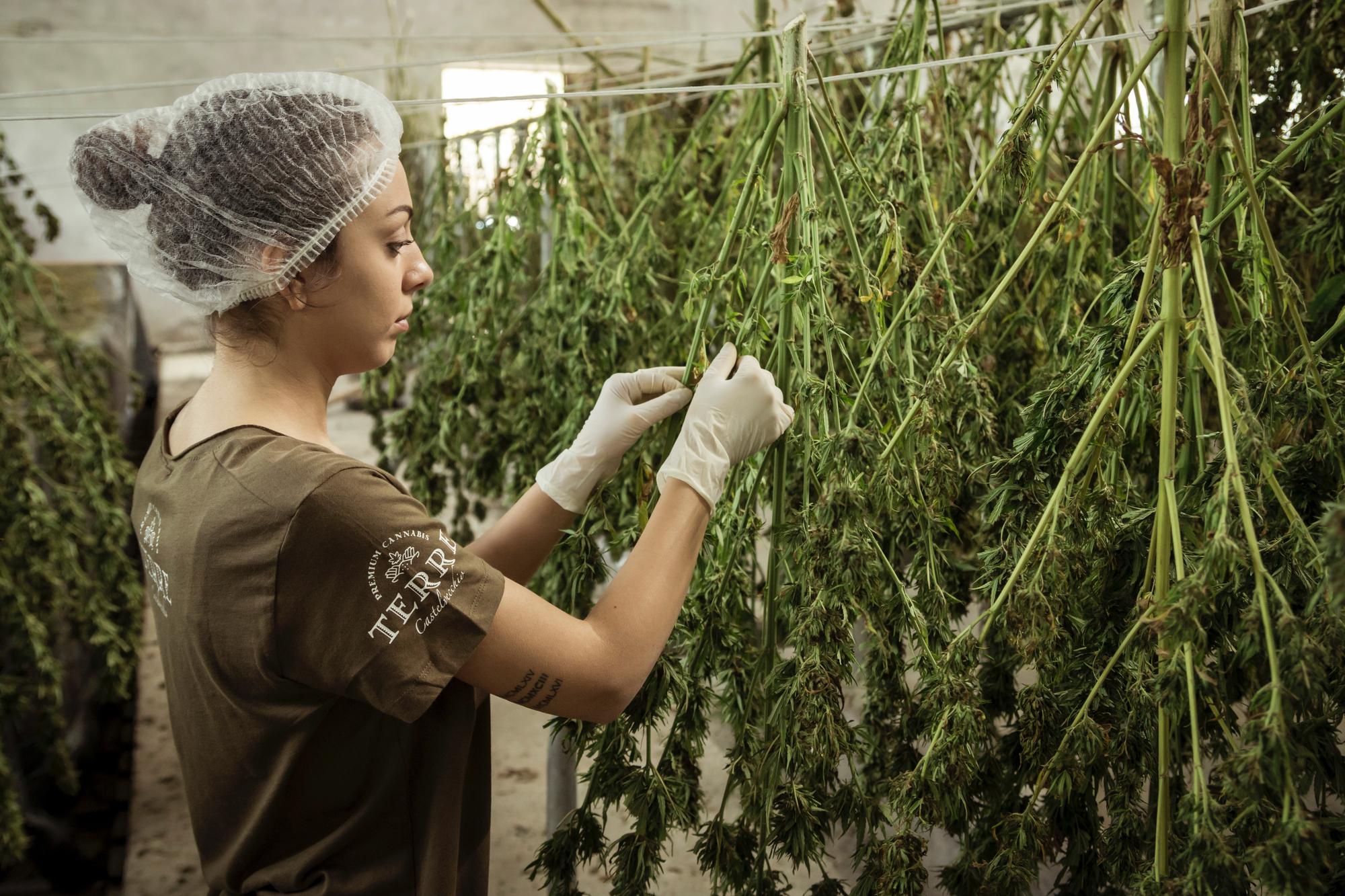Nevada’s wholesale cannabis market has experienced consistent price pressure since 2023, but the dynamics between craft and corporate cultivators reveal a market where not all pounds are priced equally. State-level datasets built from METRC transfers—used to set the cultivator excise tax’s Fair Market Value at Wholesale (FMV)—show how regulators anchor taxable value to real transactions. These FMV benchmarks form the baseline against which craft and corporate operators battle for pricing power.
Even with this baseline, Nevada’s internal pricing diverges from the broader West Coast. Research conducted by the University of Nevada, Las Vegas (UNLV) on the state’s cannabis economy found that Nevada’s 2023 wholesale averages ranked among the highest in the western United States, more than double California’s medians. This suggests that Nevada’s wholesale structure, bolstered by tourism-driven demand and vertical integration, continues to support firmer price tiers for flower compared to neighboring states.
Craft Cultivators: Premiums Through Scarcity and Quality
Craft cultivators consistently clear premiums in Nevada’s wholesale market. Green Life Productions (GLP), founded by Steve Cantwell, has built a reputation for living-soil, no-till cultivation practices that result in terpene-rich, boutique flower. Limited production and small-batch consistency help GLP secure higher wholesale bids, as retailers recognize both the scarcity and branding advantages of carrying its product.
Virtue Las Vegas and Matrix NV stand as additional examples of boutique operators maintaining pricing resilience. Virtue emphasizes top-shelf indoor flower with a strong focus on terpene content, while Matrix NV has positioned itself as a connoisseur’s brand through careful phenotype selection and hand-trimmed genetics. By pairing flower with products like pre-rolls and solventless concentrates, these cultivators maximize revenue from trim and smalls without diluting the premium perception of their brands.
Corporate Cultivation: Scale and Price Pressure
On the opposite side, large-scale corporate cultivators exert downward pressure on wholesale pricing. Flower One’s massive 455,000-square-foot facility in North Las Vegas exemplifies this influence. By producing at industrial scale, the company supplied the market with a flood of branded, standardized products. When corporate facilities ramp up throughput, average spot prices tend to soften, reflecting the increased leverage of buyers and the abundance of mid-tier indoor flower.
Multi-state operators (MSOs) add another dimension. Curaleaf’s acquisition of Tryke (Reef Dispensaries) expanded its Nevada footprint, enabling the company to balance cultivation, processing, and retail channels under one umbrella. Similarly, Planet 13’s cultivation expansion through its Medizin facility demonstrates how vertically integrated retailers can stabilize internal transfer prices, while putting additional pressure on independent wholesale pricing.
Local Mid-Sized Operators: Balancing Quality and Scale
Between boutique and corporate extremes sit mid-sized, Nevada-born cultivators such as Cannavative and Deep Roots Harvest. These operators are large enough to maintain consistent statewide supply, yet small enough to selectively cultivate standout phenotypes and market themselves as Nevada originals. Their strategy often blends premium flagship lines with broader product ranges—including value-priced eighths, vape cartridges, and pre-rolls—allowing them to navigate both premium and budget categories while sustaining competitive wholesale bids.
Wholesale Dynamics and Policy Factors
Consumer demand patterns also shape wholesale dynamics. Industry data show Nevada’s average cannabis prices trending downward into 2025, driven by price-sensitive consumers and retailer margin compression. In such an environment, corporate scale often sets the price floor, while craft cultivators use brand equity and limited availability to set the ceiling.
Nevada’s tax policy reinforces these forces. The state levies a 15% cultivator excise tax tied to the median wholesale price per pound for transactions between non-affiliated entities. As a result, wholesale price medians are embedded into the tax structure. When large corporate facilities increase supply, the median can slide lower. Conversely, when craft cultivators’ limited batches dominate buyer demand, top-tier wholesale pricing widens.
The Road Ahead
Looking forward, Nevada’s wholesale cannabis market will continue to be defined by three forces:
- Corporate capacity utilization – Any ramp-up or consolidation will dictate where the price floor stabilizes.
- Craft brand momentum – Scarcity-driven pricing and consumer demand for terpene-rich, small-batch strains will continue to hold influence.
- Tourism cycles – Seasonal demand surges tied to Las Vegas tourism will amplify both scarcity premiums and volume discounts.
For now, Nevada remains a market where craft cultivators set the upper price limits and corporate operators determine the floor. The interplay between these two forces ensures that wholesale prices remain dynamic and reflective of the state’s unique blend of boutique culture and large-scale enterprise.
Learn More: Indoor vs. Outdoor in Nevada Wholesale: What Buyers Really Choose

